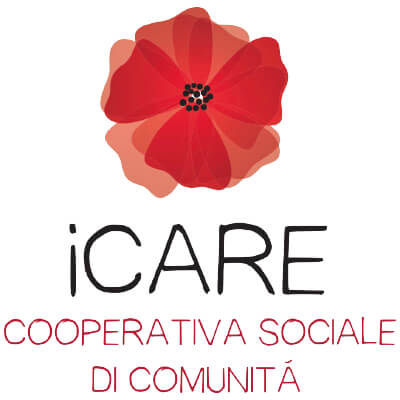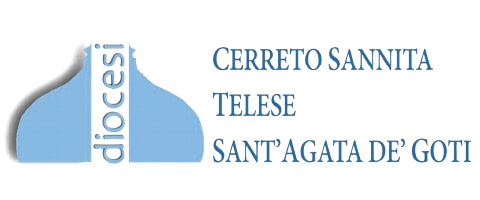In this section there are several tombstones and marble slabs from the local area, as well as vestments, sacred texts and writings by Saint Alphonsus Maria de Liguori. The main entrance opens onto Piazza Umberto I, leading to the courtyard, a garden, from which two flights of steps lead to the Hall of Coats of Arms and the Bishop’s rooms. Along the flights of steps and in the Hall of Coats of Arms – the name derives from the presence in this room of 69 effigies of as many Bishops – is housed the ‘Luoghi Alfonsiani’ section of the Diocesan Museum, which includes, among other things:
- a tombstone of Bishop Adelard (999);
- a fragment of the mosaic floor that belonged to the cathedral, 12th century, depicting a knight facing a snake;
- fragments of a 15th-century comital slab;
- a bas-relief tomb cover by Andrea Lollo, 1595;
- a 1614 fresco depicting the obedience of the clergy to the bishop attributed to Cesare Calise;
- a Neapolitan nativity scene;
- a cross, with a crucifix base, made of brass, dated 1742;
- chasubles and other sacred parameters;
- an episcopal chair used by Saint Alfonso and decorated by him;
- writings of Saint Alfonso;
- mitre of Saint Alfonso;
- sacred vestments from the 17th and 19th centuries;
- painting of the Annunciation, Angelo Michele Ricciardi, 18th century;
- reliquary of St. Onofrio, 1585;
- reliquary of St Agatha, 1844.
The hall leads to the small room of Alphonsus Maria de Liguori, (1762-1775) a lawyer at the age of 16, a poet, writer, mystic and missionary, proclaimed a saint in 1839.
In it, humble and modest, are objects and furnishings used by the bishop.
Other bishops who lived in the palace include: Felice Peretti (1566-1571), a Conventual Franciscan, inquisitor and expert in theology at the Council of Trent, elected Pope with the name of Sixtus V in 1585; Feliciano Niguarda, (1583-1588), a Dominican friar, professor of Theology at the University of Vienna; and finally, Alessio Ascalesi, (1911-1915), tall, majestic and solemn but also humble and paternal. After the earthquake of 1456, it was Bishop Ettore Diotallevi (1608-1635) who wanted the episcope restored, adding buildings and paintings.


The Carmelite Church in the square of the same name is at a focal point in the historical centre, halfway between the Ducal Castle and the Cathedral.
On the ground floor, one can visit the grottoes and a tunnel frescoed in 1614: the cycle of biblically inspired frescoes with episodes from the Old Testament, commissioned by Bishop Diotallevi.



































